Often scared to bare it all in online forums, we get a lot of “Can you give me feedback on my store?” requests every week.
Store owners are always looking for things that they can improve on to bring even more traffic and convert even more sales.
To jump-start your online store success, we created this comprehensive cheat sheet (Shopify checklist) of important questions every store owner should use to do a complete online store audit. Including:
- Is my online store showing the right info?
- Is my site as optimized as I think it is?
- Do I have the right product reviews?
- Am I displaying UGC to entice customers?
- Does my store instill trust?
- Does my homepage send customers running?
- Am I selling the right products?
- Are my product pages appealing to customers?
- Is my site capitalizing on sales?
- Is my customer service impressive?
- Is my website copy off base?
- Am I really winning at marketing?
Sound simple? Not so fast!
Each question offers a host of eCommerce optimization opportunities.
Let’s dive in.
1. Is My Online Store Showing the Right Info?
One of the first things we look at with our merchants is whether their site has all the relevant information. This includes shipping info, return policies, and contact info.
It’s super important that a customer can quickly see and access this information to ensure they don’t get frustrated and leave for the competition.
Having the information front and center also gives your store more credibility in the eyes of the consumer.
Here are some critical supporting questions to ask yourself:
- Is my shipping policy straightforward and clear?
- Am I easily contactable?
- Am I displaying a good, clear returns policy?
Let’s look at each in more detail.
Is my shipping policy straightforward and clear?
[Source: Zappos]
A good shipping policy is straightforward and informative. It includes the following (if relevant): standard and/or expedited shipping costs and procedures, handling times, fees, and return shipping costs/procedures.
Tip: One of the most significant advantages of being a 7-figure business owner is the personal touch you get to add throughout your sales funnel — a personal approach that huge guys like Amazon can’t provide.
The downside to this is that you have to work extra hard to gain trust.
We’ve reviewed thousands of sites, and in so many cases, even the most experienced merchants can forget even the most basic of things that could really hurt their business and this trust they are trying so hard to build. This is why we created this free tool for our merchants.
Am I easily contactable?
Customers want you to be easily contactable. Add a phone number where possible and, if not, add a chat or, at the very least, a customer support email at the top of the navigation.
[Source: Daily Chic]
Am I displaying a good, clear returns policy?
A well-rounded return policy includes the amount of time a shopper has to return an item, the means by which they will receive the refund, and who (the buyer or you) will be responsible for paying for return shipping.
Bonus Content: Must-Have Terms and Conditions Template for eCommerce
Covering return shipping costs can go a long way if you want to crank up customer service and make your store more trustworthy to potential shoppers.
[Source: Mountain Crest Gardens]
2. Is My Site as Optimized as I Think It Is?
Is your site really optimized to its true potential? The sad truth: probably not. Even the savviest seller could be overlooking small design, technical, or customer experience tweaks.
Here are some questions you can ask when doing a Shopify checklist to see where there is an opportunity to increase performance:
- Do I need to make any important SEO tweaks?
- Does my website represent my brand’s look and feel?
- Am I optimized for Social?
Let’s look at each in more detail.
Do I need to make these important SEO tweaks?
You’ve been working hard on SEO, but sometimes it’s the little things that fall through the cracks. So, here are a few important follow-up questions to ask:
- When I type my site’s URL without the “www,” am I getting redirected to my site? If not, contact your hosting provider and ask for assistance.
- Are all the links on my site working well? You can check yours here: Broken Link Checker.
- Is my site speed good enough? How your store performs during peak traffic times (and off times, for that matter) can most certainly affect your user-experience conversion rates. Improving it will go a long way toward optimizing your store for more conversions. There are loads of free website speed checkers like Pingdom to test your site’s speed, and websites such as Pixlr to ensure you’re not uploading huge images.
You can get more advanced tips in our Shopify SEO: How to Get Your Shopify Store to Rank #1 on Google guide.
If you’re using a different eCommerce platform, please click this link.
Does my website branding represent my brand’s look and feel?
It’s crucial that you use a high-quality image. A poorly designed logo, for example, can reflect badly on your site and potentially hurt your conversion rate.
Don’t forget your favicon (the small logo that appears in the top browser navigation of your site) as well!
Am I optimized for Social?
Do all my social profiles have the correct links and do they open on a new tab to prevent sending shoppers away from my site?
Display the links of the profiles you are active on.
For instance, if you have only one follower on Twitter and you’re not going to put in marketing efforts there, then there’s no need to display it on your site. Adding a Like Box, for example, can increase the chances that your visitors will like your page.
Bonus Content: How to Run a Social Media Giveaway for Your eCommerce Store
3. Do I Have the Right Product Reviews?
Customer reviews are a huge contributing factor in building online store trust. This can be easily achieved by installing a review plugin and asking previous satisfied customers to write reviews for your store and products.
Pro Tip: Don’t have the right automation tool yet? Here are some top review and loyalty-building Shopify apps that will help with that:
- Loox
- Yotpo
- Smile.io
- Reveal
You can read more about these apps in detail here.
But it’s not just reviews you want to display but customer content — which brings us to the next important element for your online store: UGC.
4. Am I Displaying UGC to Entice Customers?
UGC (user-generated content) is an awesome way to show real people using your products and to instill further trust with potential online shoppers. This Shopify checklist must-have incentivizes your customers to send you photos of themselves using your products.
In a nutshell, UGC helps online store brands drive customer buying decisions, build authority and trust, and answer important customer questions. It also showcases your products being used in real-life situations while creating a visual customer experience.
Here are some types of eCommerce UGC that you can use for your store:
- Customer testimonials or reviews
- Shoppable UGC galleries
- Case studies
- Social media content
- Product videos
- Q&A forums
Bonus Content: 5 Tools to Increase UGC, Pronto!
5. Does My Store Instill Trust?
So far, we’ve listed several things that will help increase the perception of trust for your online store.
For example, a quick way to build trust is with the use of trust badges, or trust signals. Some you can use are Verisign, McAfee, TRUSTe, PayPal Verified, and even Shopify trust badges.
But that’s not enough. Every aspect of your online store design plays a role in getting potential customers to trust your store enough to check out.
Here are four other ways you can help build trust across your store:
- Streamline your customer experience with authenticity. Yes, you want to move your shoppers up the eCommerce sales funnel — but you want to do it authentically. The idea is to make it as smooth and enticing as possible without deceiving your potential customers.
- Be consistent. When it comes to branding, voice, or marketing message, you want to ensure that you stay as consistent as possible.
- Make your products shine. You want to ensure that your products stand out. This means optimizing your category and product pages with good quality product photos or videos and being upfront about important product information.
- Ensure your store design makes an excellent first impression. No matter how potential shoppers find your store or which page you send them to first, you want to ensure that they instantly get a feel of what your brand or products are about.
Talking about first impressions…
6. Does My Homepage Send Customers Running?
We’ve analyzed a lot of store homepages over the years, and the most important thing that sets eCommerce stores apart is the cleanness of the homepage.
A good homepage will not display a huge slider that offers too many things at once.
A cluttered homepage doesn’t make for user-friendly shopping and could deter many potential shoppers from browsing your products. Instead, keep your homepage clear and clutter-free, and ensure you have a strong CTA (call to action) above the fold. Another point to address is sliders.
They can be very frustrating for site visitors, while adding very little value — according to Erik Runyon, 89% of clicks came from the first item in a carousel.
Another BIG homepage question to ask is, “Am I catching browsing traffic before they go?”
Adding an on-site promotions app, like our own Coupon Pop, is the ideal way to capture leads, boost sales, and ensure you are fully capitalizing on homepage traffic.
Looking for more homepage tips? Head over to our 17 Homepage Mistakes to Avoid post.
7. Am I Selling the Right Products?
Most experts agree that it’s better to start selling within a specific niche. Trying to cover too many products in too many niches can make you not only lose focus but make building logical product categories as you grow very tricky. If you decide to sell various products, make sure to offer exciting products in each category.
Ultimately, product organization is key to helping your shoppers match what they are looking for to what you have to sell.
So, what’s the best way to find relevant, new products for your online store this year? Here are some guides that will help you do just that:
- Best-Selling Products to Sell Online in 2023
- Print-on-Demand Products and Where to Find Them
- How to Find Products to Sell Online in 2 Steps
- 10 Ways to Come Up with New Product Ideas
- Finding the Perfect eCommerce Product Using Reverse Engineering
8. Are My Product Pages Appealing to Customers?
Product pages can make or break your business — and it’s essential to take a long, hard look at this. Are you overusing product counters? Dropshippers, have you just cut and pasted product descriptions?
Here are some questions about your product page to add to your Shopify checklist:
- Have you included a size chart in your product pages (that don’t open to a new tab) for easy reference and a better shopper experience?
- Dropshippers, have you edited out brand names and watermarks on product photos to ensure you’re not losing potential customers to your supplier?
- Are your product descriptions on-brand, consistent, and typo-free, and do they answer all your shoppers’ questions?
- Are my pages optimized for SEO?
- Do my products and their photos stand out and highlight all the important features?
You can read about these and other more advanced tips in our How to Create Perfect Product Pages for Conversions post.
9. Is My Site Capitalizing on Sales?
You have brought traffic to your store. They’ve browsed and added to cart and are about to hit buy — what’s missing? You’re missing out if you are not pushing more products before they reach the checkout page.
Upselling tools are vital in increasing sales possibilities. You can increase your order values by offering an upsell option/pop-up or free shipping incentives for purchases over a certain amount.
But that’s not enough. Every aspect and element of your store should streamline the journey to your checkout. In other words: optimize your shopping experience strategies. This includes optimizing:
- Layout and design
- Homepages
- Cross-channel marketing
- Customer service
- Checkout
- On-site promotions
- Product displays and size guides
[Source: Luna Sandals]
You can read about these and other top strategies in our 17 Customer Experience Hacks and Innovations post.
10. Is My Customer Service Impressive?
You can do several things to improve the experience shoppers have with your online store throughout your sales funnel and encourage quicker purchasing decisions.
These include adding a money-back guarantee option or paying for shipping costs on returns. Extra perks like this, and having them displayed, could be the deciding factor for a buyer who may be on the fence.
Here are just a few ways you can improve and optimize your customer service:
- Assess metrics to find and fix bottlenecks
- Invest in automation and organization tools
- Ensure you have comprehensive information pages, such as FAQ
- Mine support and business metrics to boost personalization and performance
You can read more about these customer service optimization hacks here.
11. Is My Website Copy Off Base?
Is your website copy written with your unique target customer in mind? Does it speak to the customer about the customer, or does it refer to “I” or “we” instead of “you”?
Your website copy, and the tone and language you use — on anything from your homepage to your product descriptions — can have a big impact on whether a customer:
- Trusts you
- Wants to buy from you
- Feels you are giving them the personal touch they are craving
Remember to write in a way that talks specifically to your target audience.
Fit Girls is a great example of a brand talking directly to their target audience in a way they can relate to and making it all about the customers — “You,” not “I”. On- and off-site!
12. Am I Really Winning at Marketing?
Lastly, but very importantly, you need to take an honest look at your marketing activities.
You can have the most user-friendly store in the world, with fantastic products, but if no one knows about it, you won’t be selling. Ask yourself if you’re bringing enough traffic to your store. If not, check if you covered with the leading traffic sources:
- SEO
- Web referral traffic
- Google Ads and other paid search
- Social media content marketing
- PPC
- Email marketing
There are lots of free and cost-effective ways to market your store, from bringing in targeted traffic with apps like Traffic Booster to using social influences to get your name out to your followers.
The trick is creating a cohesive eCommerce ads strategy that uses a variety of channels across your entire shopping journey. The best way to do that is to individually review each and every one of your online marketing channel strategies and then look at how they each fit into a cohesive plan. Here are some guides that will help you do just that:
- Google Ads strategies for eCommerce
- Facebook ads strategies for eCommerce
- Instagram marketing strategies for eCommerce
- TikTok marketing ideas
- Microsoft ads strategies for eCommerce
Bonus Content: Google Ads vs. Facebook Ads vs. TikTok Ads: Everything You Need to Know to Boost eCommerce Sales
Final Thoughts: Where Can I Get More Site Feedback?
It is important to continuously tweak your online store, product lists, marketing strategies, etc. This means reviewing and updating your Shopify checklist consistently and then using it to review every aspect of your store.
But you also need honest, trustworthy feedback from other sources.
There are a number of tools available to get further feedback for your store, including:
- Free site audit tool Benchmark Hero will review all these and more in a matter of minutes
- Entrepreneur or eCommerce Facebook groups
- Customer reviews and surveys
And, of course, you can always get in touch with us!
We hope our Shopify checklist and online store cheat sheet helps you with your online store audit.
Remember, it’s always easier to update your existing website than building it from scratch — just follow this cheat sheet and you will have all the direction you need.
What a free site audit?
@storeya.com Want to become the next big thing? share your site’s URL in the comments and we’ll give you a free audit here on our page! #ecommerce #entrepreneur ♬ original sound – StoreYa.com

Nicole is a content writer with over sixteen years experience and flair for storytelling. She runs on a healthy dose of caffeine and enthusiasm. When she's not researching the next content trend or creating business content strategies, she's an avid beachgoer, coffee shop junkie and hangs out on LinkedIn.
Recommended articles
 Facebook Ads for eCommerce: 16 Strategies, Examples & Tips
Facebook Ads for eCommerce: 16 Strategies, Examples & Tips
 How to Build a Winning eCommerce Ads Strategy
How to Build a Winning eCommerce Ads Strategy
 Google Ads for eCommerce: Everything You Need to Know
Google Ads for eCommerce: Everything You Need to Know
 10X Your Traffic with PPC Management Software
10X Your Traffic with PPC Management Software
Comments
Powered by Facebook Comments
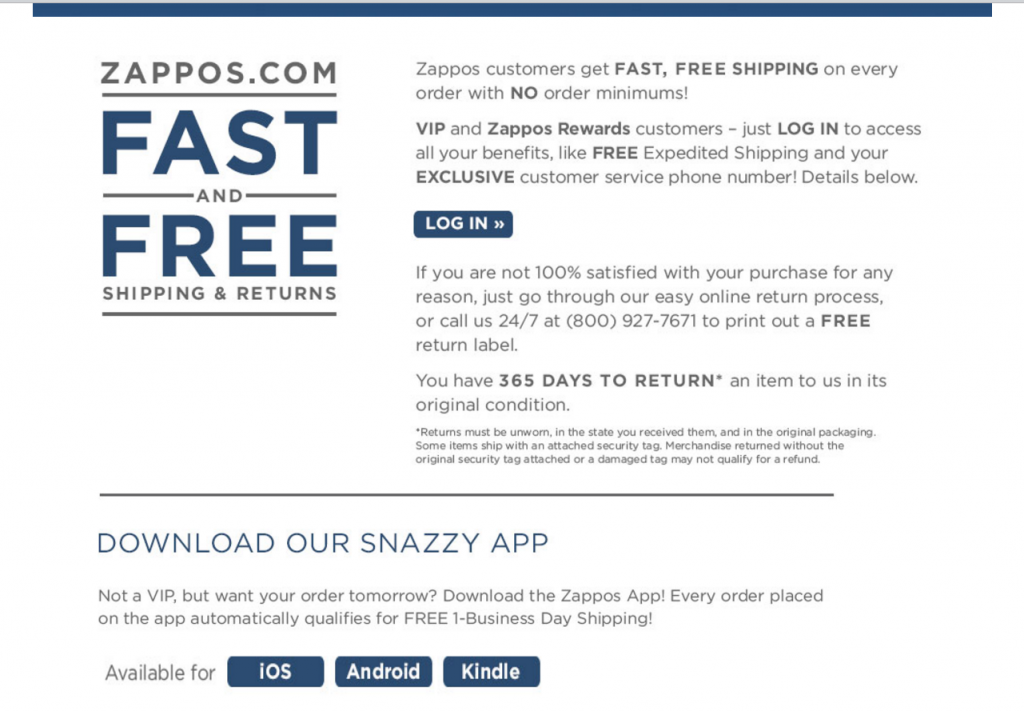
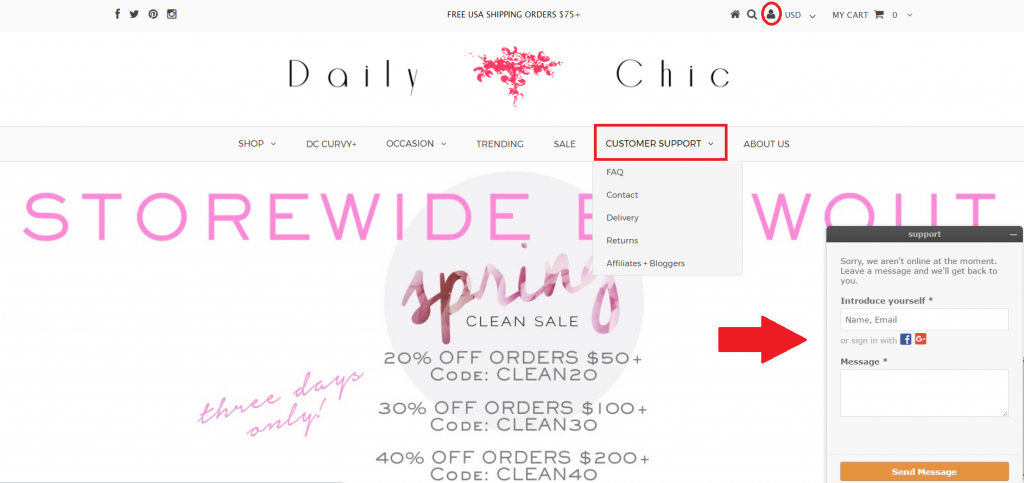

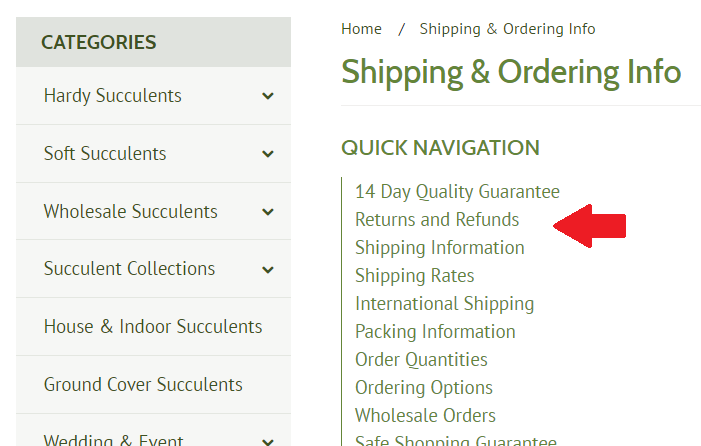
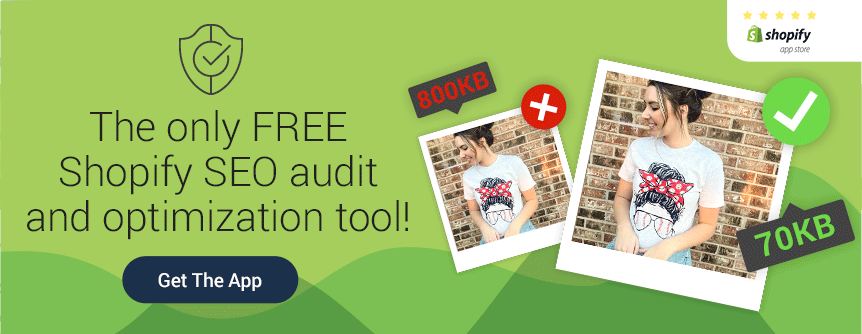
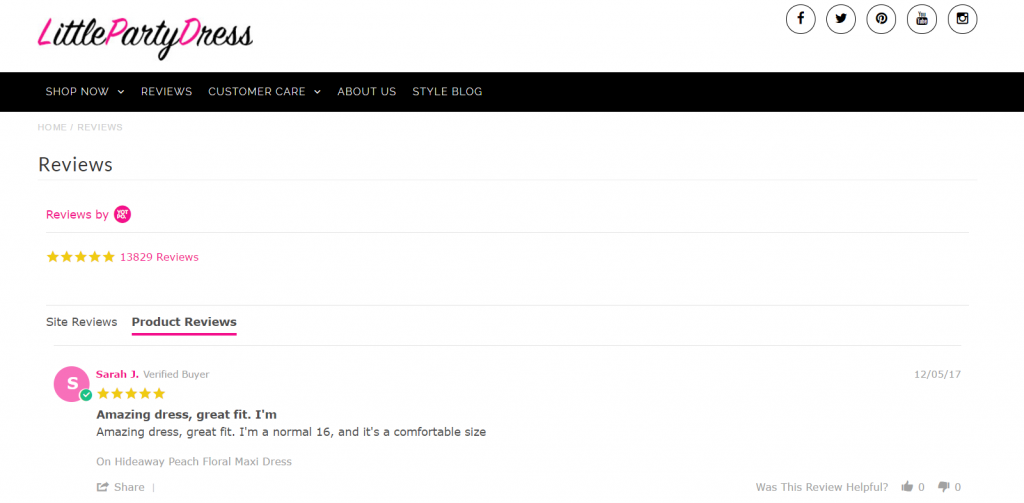
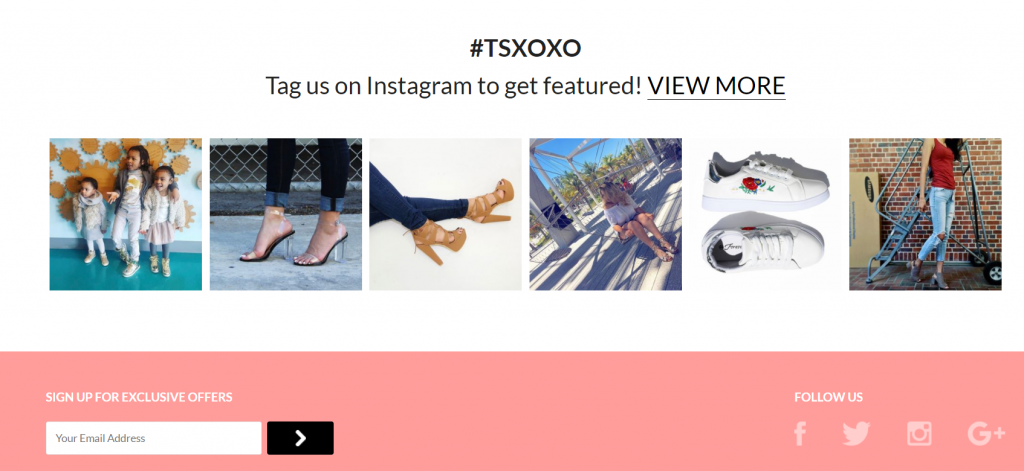
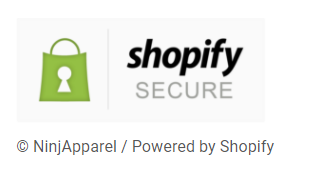
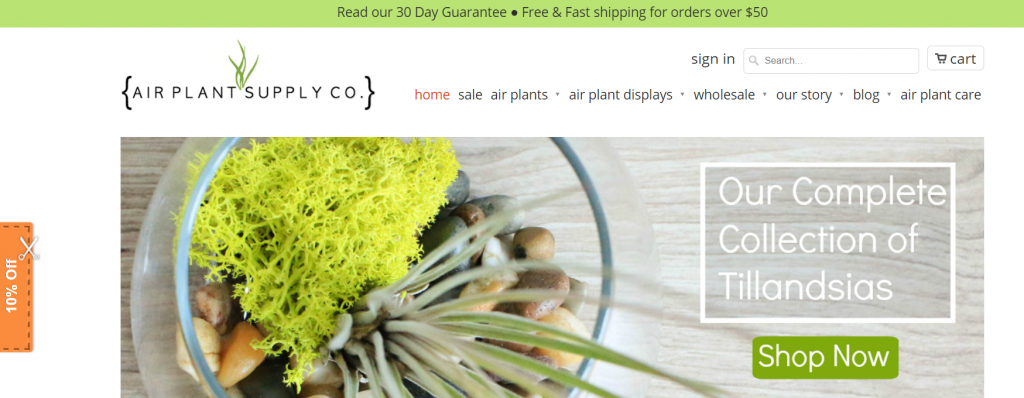
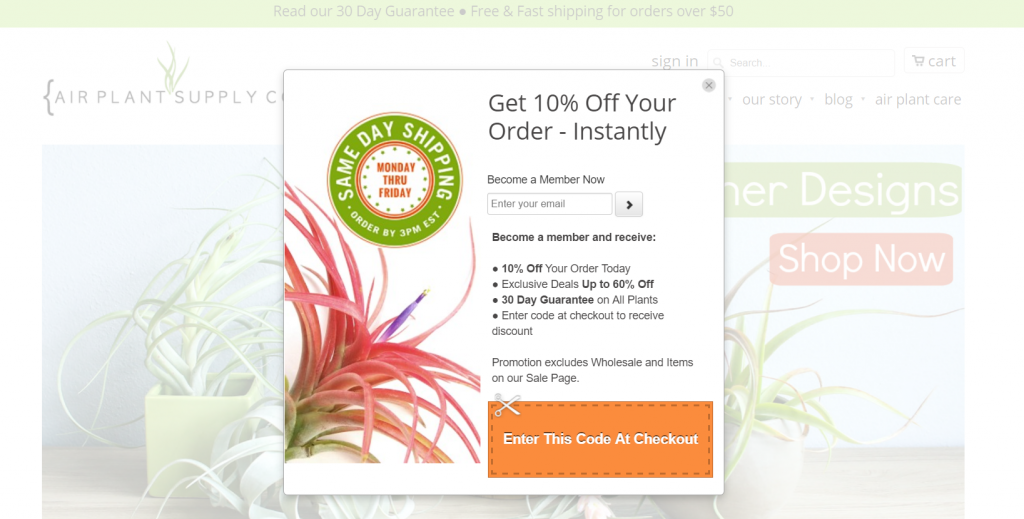
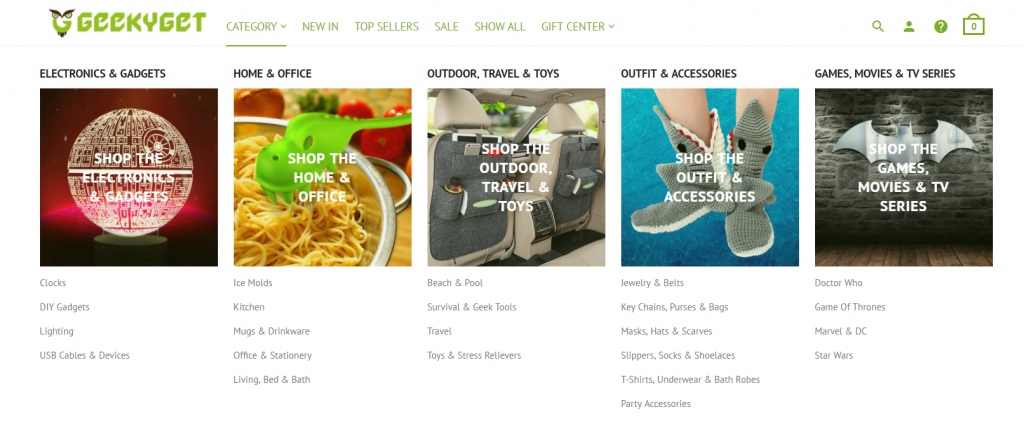

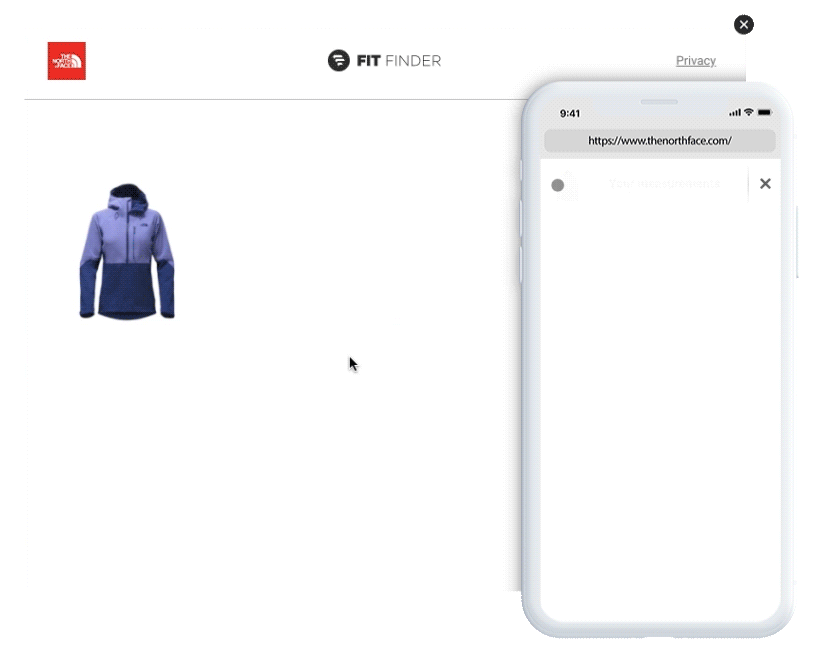
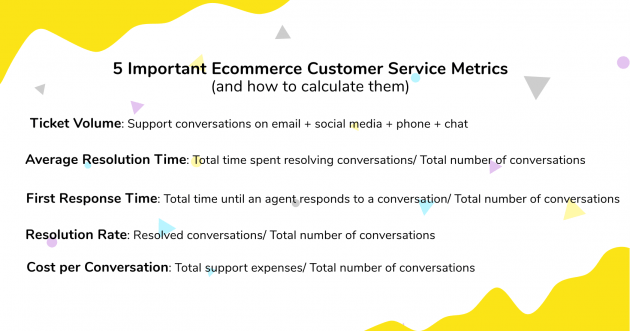
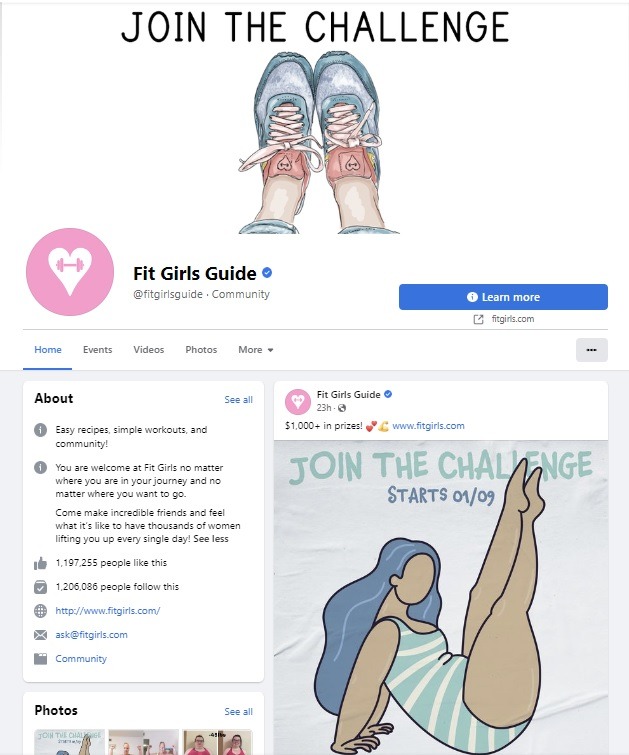



Hi, I have a great product called The Comfy Client Cushion, it transforms the treatment couch and enhances all massage, pregnancy massage and all beauty and therapeutic treatments. It’s won best product of the year and gets great reviews. Problem is that I also work as a therapist and have little time to really drive and market it. Can you help?
Hi Carol,
Thanks for reaching out.
You are welcome to try the Traffic Booster, we will set up + manage + optimize ad campaigns on your behalf, drive targeted traffic to your store.
https://www.storeya.com/public/trafficbooster